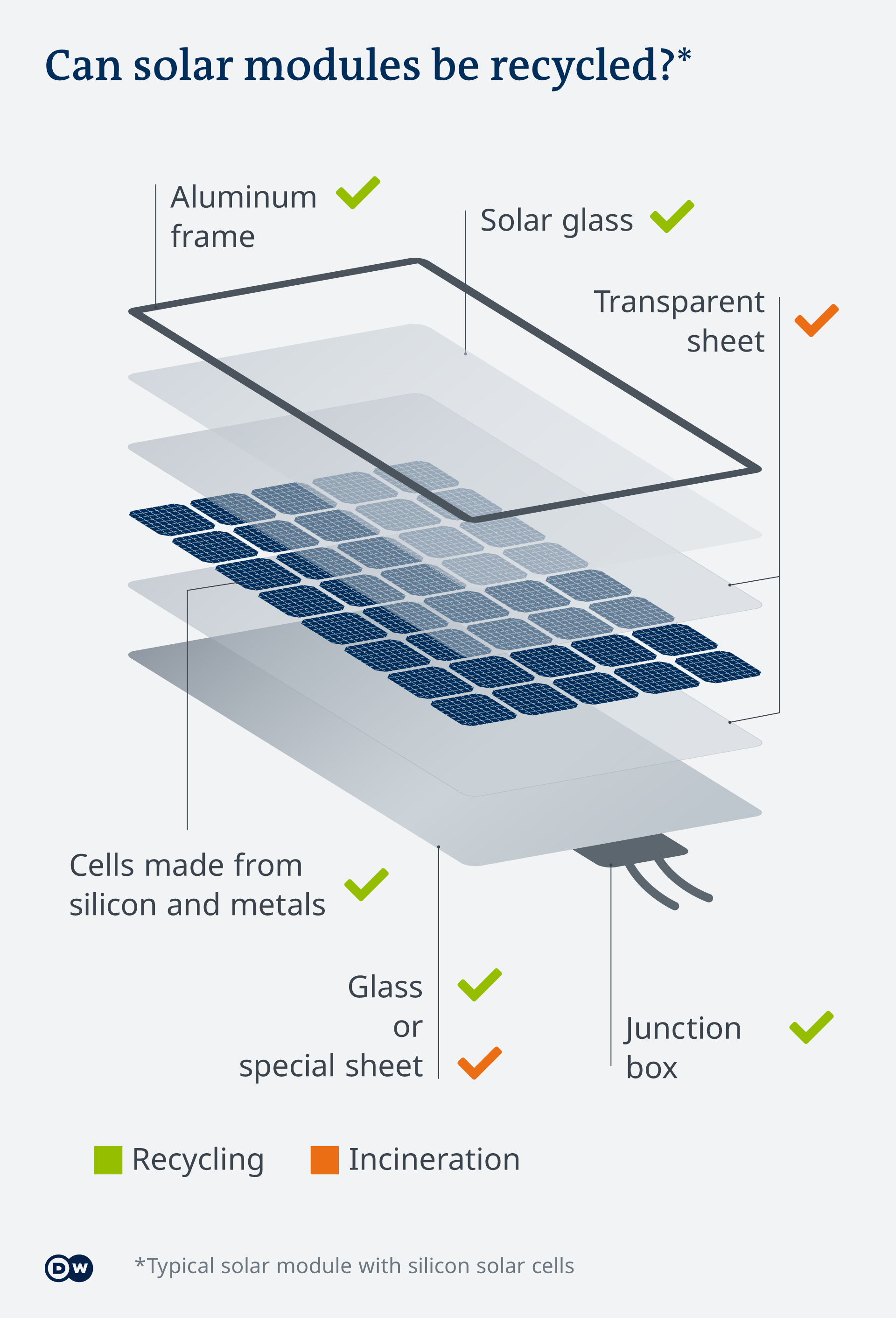
Unlocking Savings: Navigating the Landscape of Solar Power Incentives
Solar power incentives have become a game-changer in the world of renewable energy, offering individuals and businesses compelling reasons to make the switch to solar. Let’s delve into the various incentives that make harnessing the sun’s energy an even more attractive and financially savvy choice.
Government Support: A Catalyst for Solar Adoption
Governments around the world recognize the importance of transitioning to clean and sustainable energy sources. Consequently, many have introduced a range of incentives to encourage the adoption of solar power. These incentives often include tax credits, rebates, and grants, making solar investments more affordable for both residential and commercial consumers.
Tax Credits: A Boost to Your Bottom Line
One of the primary solar incentives is the availability of tax credits. These credits, offered by many governments, allow individuals and businesses to deduct a percentage of their solar installation costs from their tax liability. This financial boost not only lowers the initial investment but also accelerates the return on investment, making solar power a financially savvy decision.
Rebates: Putting Money Back in Your Pocket
In addition to tax credits, various regions offer rebates as part of their solar power incentive programs. These rebates provide a direct cash incentive for installing solar panels. The combination of tax credits and rebates significantly reduces the upfront costs, making solar power a feasible and attractive option for a broader range of consumers.
Feed-in Tariffs: Selling Excess Energy
Some regions implement feed-in tariffs as an incentive for solar power system owners. Under this scheme, individuals or businesses with solar panels can sell excess electricity they generate back to the grid at a predetermined rate. This not only promotes renewable energy production but also allows solar adopters to generate additional income from their solar investment.
Net Metering: Offsetting Electricity Costs
Net metering is another incentive that encourages solar adoption. With net metering, solar system owners can offset their electricity costs by feeding excess energy back into the grid. This results in a reduction or elimination of electricity bills, providing a tangible and ongoing financial benefit for those who invest in solar power.
Renewable Energy Certificates: Recognizing Green Contributions
Some regions have implemented Renewable Energy Certificate (REC) programs to incentivize the production of clean energy. Solar system owners earn RECs for each unit of electricity their system generates. These certificates can be sold or traded, providing an additional revenue stream and further incentivizing the adoption of solar power.
Financing Programs: Making Solar Affordable
Recognizing that the upfront cost of solar installation can be a barrier, various financing programs have emerged to make solar power accessible to a broader audience. These programs include low-interest loans, leasing options, and power purchase agreements (PPAs), allowing individuals and businesses to adopt solar with minimal upfront expenses.
Environmental Benefits: Incentives Beyond Finances
While the financial incentives are significant, the environmental benefits of solar power also contribute to its attractiveness. Governments often emphasize the positive impact on the environment as an incentive for adopting solar energy, fostering a sense of responsibility and environmental stewardship among consumers.
Community and Corporate Initiatives
Beyond government incentives, community and corporate initiatives play a role in promoting solar power. Collaborative efforts, such as community solar projects and corporate sustainability goals, contribute to the overall momentum of solar adoption. These initiatives often come with additional benefits, such as shared cost savings and a sense of community involvement.
Exploring Your Solar Potential
To explore the solar power incentives available in your region and understand how they can benefit you, visit Solar power incentives. This comprehensive resource provides valuable insights into regional programs, eligibility criteria, and steps to maximize the financial benefits of adopting solar energy.
Conclusion: Illuminating the Path to Solar Savings
In conclusion, the landscape of solar power incentives is diverse and evolving, offering a range of financial and environmental benefits for those considering the switch to solar energy. From government support and tax credits to community initiatives, the incentives collectively create a compelling case for harnessing the sun’s power. As solar technology advances and incentive programs expand, the path to solar savings becomes increasingly illuminated for a brighter, more sustainable future.


